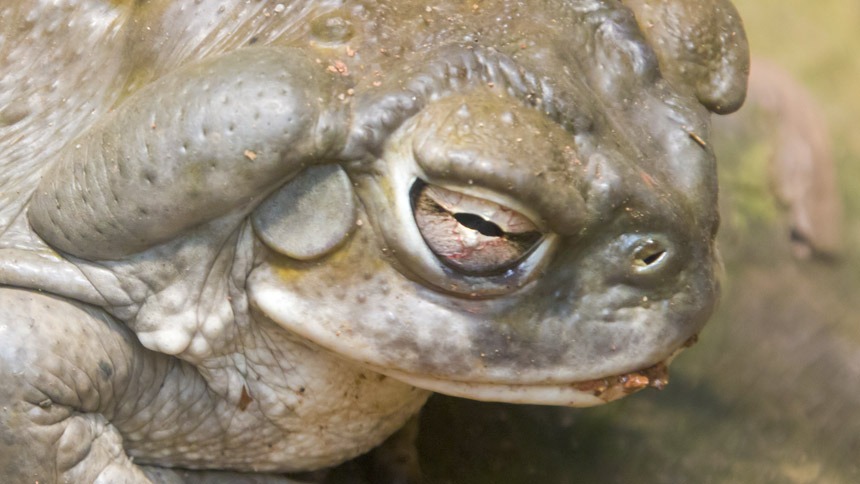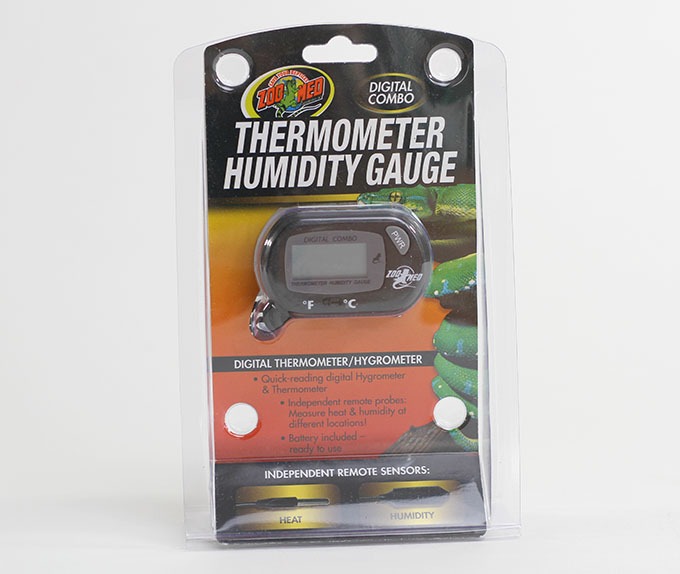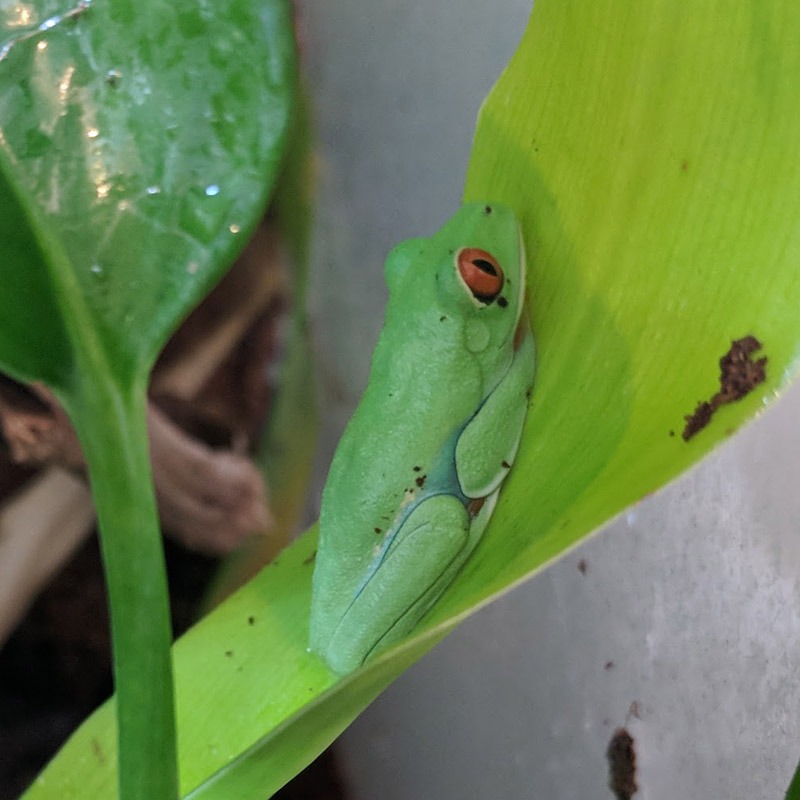
My Frog Is Not Moving: What To Do
Owning a pet frog may be an exciting and unique experience that brings joy to the lives of many amphibian enthusiasts.
When a pet frog isn’t moving, it can be one of the most worrying things for its owner. Frogs do occasionally go inactive, which is completely natural, but persistent inactivity can point to a deeper problem.
In this comprehensive guide, we will explore the common reasons for a non-moving frog, how to observe your pet, immediate steps to take when you notice inactivity, troubleshooting tips, and when to seek professional help.
Lets begin with a better understanding of why frogs might not be moving…
Page Contents
The Most Common Reasons Your Pet Frog Isn’t Moving
When your pet frog isn’t moving, it’s essential to consider various factors that may contribute to its immobility.
Sleeping
One natural behavior that might cause concern for frog owners is their tendency to sleep during the day. Being primarily nocturnal creatures, many frog species are more active at night and tend to rest during daylight hours.
This normal pattern of inactivity is especially true for arboreal frogs that spend their time perched in foliage or on branches, where they feel safe and hidden from potential predators.
Burrowing or Hiding
Furthermore, some frog species are skilled ambush predators and exhibit unique burrowing behaviors. Burrowing frogs often create underground shelters, which they use as a hiding spot to wait for unsuspecting prey to pass by.
Consequently, this behavior can lead to extended periods of inactivity when they are concealed beneath the substrate, patiently awaiting their next meal.
One example of this would be Pacman Frogs. My sons’ Pacman Frog rarely moves from his burrow. Most days we barely see his eyes poking out of the substrate.
Another example are tree frogs. We kept Red-Eyed Tree Frogs many years ago, and slept during the day and were active at night.
Bad Temperature Range
It’s important to understand that frogs are ectothermic creatures, meaning they rely on their environment to regulate their body temperature. During cooler periods, it’s not uncommon for frogs to become less active or even enter a state of hibernation.
However, if the environment becomes excessively cold or hot, it can adversely affect your frog’s activity levels. Therefore, ensuring a stable and appropriate temperature range in their enclosure is crucial.

The temperature in a terrarium is likely to stay the same once you’ve created the setup. However, it’s important that you get your setup correct!
Read reliable care sheets from trusted individuals that actually keep the species of frog you’re keeping. Do your research and know exactly what temperature range is recommended!
Overall Health
Another factor to consider is the overall health of your frog. Just like any other living creature, frogs are susceptible to various health issues that could lead to lethargy or inactivity.
These may include infections, parasites, vitamin deficiencies, or metabolic disorders. Paying attention to your frog’s eating habits, skin condition, and overall appearance can provide valuable clues to identify potential health problems.
Ensure you’re feeding your frog or toad a good source of food, dusted with reptile vitamins and calcium!
Stress
Additionally, stress can be a significant factor in a non-moving frog. Excessive handling, exposure to loud noises, or changes in the enclosure can all cause stress and anxiety for your pet.
I generally recommend not handling frogs as much as possible. Spot cleaning their enclosure is perfectly fine but limit the amount of time in their terrarium!
If you absolutely cannot help yourself, consider reading about frog handling etiquette first.
Observe Your Frog: Is This Normal?
As a responsible pet frog owner, being familiar with your frog’s normal behavior and habits is essential to detect any potential problems early on. Understanding that most frogs are nocturnal and may be less active during the day is the first step in accurate observation.
Take note of their usual activity patterns, such as the times they are most active, the positions they favor, and their typical resting spots. By doing so, you can better recognize any deviations from their regular routine.
When it comes to observing your frog’s health, keep a keen eye on its appearance and behavior. A healthy frog should have clear, bright eyes, moist and smooth skin, and a plump, well-rounded body.

Any visible signs of cuts, sores, or abnormalities may indicate health issues that need attention. Additionally, monitor their eating habits; a decrease in appetite or a complete refusal to eat may be a sign of an underlying problem.
Moreover, pay close attention to your frog’s enclosure and the environmental conditions within. Check that the temperature and humidity levels are within the appropriate range for your frog’s species. Burrowing frogs should have access to suitable substrates that allow them to dig and feel secure.
What You Can Do If Your Frog Stops Moving
There are some things you can do if your frog stops moving. First and foremost, I do not recommend touching or moving your frog if you have been handling it recently. If your frog is already stressed, poking or moving it around will only make the problem worse.
Perhaps the quickest way to see if your frog is okay is to provide it with a lively cricket. Toss some crickets in the enclosure and see what happens.
To stimulate your pet frog’s movement, consider providing a gentle bath soak. Use dechlorinated, filtered water at room temperature or lukewarm, filling a container to a level that won’t go above your frog’s throat.
Carefully place your frog in the bath for 5-15 minutes. While some frogs may enjoy the experience, others might become stressed.
Monitor your frog’s reaction, and if it appears comfortable, you can repeat the bath occasionally. If the bath causes stress, it’s best to avoid it and let your frog stay in its tank instead. Always prioritize your frog’s well-being and consult a veterinarian if needed.
When to Seek Professional Help
While providing attentive care and monitoring your pet frog’s behavior is essential, there are times when seeking professional help from a veterinarian is crucial.
If your frog’s inactivity persists, and you notice additional worrisome signs, it’s best not to delay seeking expert advice. Some indicators that warrant a vet visit include severe lethargy, refusal to eat for an extended period, difficulty breathing, visible signs of injury or illness, unusual skin discoloration, and excessive weight loss.
A qualified veterinarian experienced in amphibian care can perform a thorough examination, diagnose any potential health issues, and recommend appropriate treatments to aid your frog’s recovery.
Preventive Measure: Quality Care
As a devoted frog owner, you can take proactive steps to maintain your pet’s well-being and prevent health issues. Regularly maintain the enclosure by cleaning it and providing fresh water to avoid the buildup of harmful substances.
Check and adjust temperature and humidity levels regularly to match your frog’s species requirements. Again, ensure you’re following instructions from trusted care sheets.
Offer a varied and nutritious diet that suits your frog’s natural dietary preferences. Minimize handling to reduce stress, as excessive handling can lead to health problems.
Educate yourself about your frog’s specific needs and behavior, so you can provide the best possible care.
TLDR: What To Do If Your Frog Stops Moving
Owning a pet frog comes with the responsibility of understanding their unique behaviors and addressing any concerns promptly. If your frog isn’t moving, remember that they are often nocturnal sleepers and may have natural burrowing instincts.
Observing your frog’s appearance, eating habits, and surroundings will help you distinguish between normal inactivity and potential issues.
Perhaps the best way to see if your frog is okay is to drop some lively crickets into the enclosure. If that doesn’t work, a gentle bath soak can sometimes stimulate movement, but always be mindful of your frog’s stress levels.
Seeking professional help from a veterinarian is crucial if inactivity persists or if you notice concerning symptoms. By implementing preventive measures, providing appropriate care, and being attentive to your frog’s needs, you can ensure a happy and healthy life for your beloved amphibian companion.

Leave a Reply